Whether living in their native villages or working far away, Tay and Nung people continue the tradition of making “peng tai” (black sticky rice cake) by hand during the Ghost Festival. The cakes are offered to ancestors, gifted to parents, and shared with family.
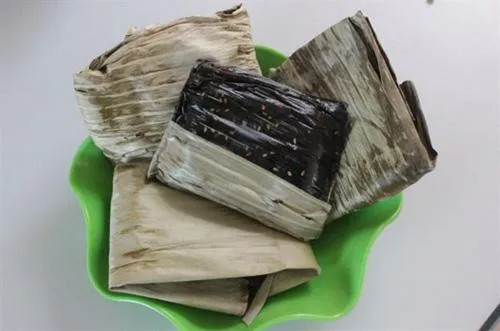
This sticky rice cake is a staple on the Tay and Nung ancestral altar during the Ghost Festival
Today, ethnic Tay and Nung communities in northeastern Vietnam preserve their unique cultural customs. One essential tradition on this occasion is “pay tai” (visiting the wife’s family), where the son-in-law pays tribute and expresses gratitude to his wife’s parents. It is a time that strengthens family and kinship bonds and fosters community solidarity.
This special cake, known as “peng tai” (literally “hanging cake”), is indispensable on the ancestral offering tray during the festival. In the gift basket brought to the wife’s family, it is customary to include a duck and several pairs of peng tai. The cakes are traditionally tied in pairs and worn by hand, hence the name.
To make peng tai, one must use the finest glutinous rice - pure and unmixed with regular rice - to ensure a soft, chewy texture. The rice is soaked for several hours, ground into a thick paste using a stone mill or machine, and drained in cloth bags.
The key ingredient, dried ramie leaves, are stripped of veins, sun-dried, then boiled with lime to soften. After washing and wringing, the leaves are finely chopped. Hand-cut cane sugar blocks (duong phen) are kneaded with the leaves and sticky rice paste, then pounded in a stone mortar until smooth.
The result is a shiny black-green dough with a rich aroma of glutinous rice, molasses, and ramie leaves. The cakes are wrapped in banana leaves and shaped into flat ovals. The filling usually consists of ground peanuts or mung beans mixed with sugar. The cakes are steamed until fully cooked, similar to sticky rice.
When eating, the banana leaves must be gently peeled back in strips to prevent sticking. The unwrapped cake gleams like a slab of jelly, offering a harmonious mix of sweetness from sugar, chewiness from rice, the fragrance of ramie, and the nuttiness of the filling - never cloying.
Since the cakes are handmade, they are softer and chewier than machine-made versions. They also have a long shelf life and can be grilled over charcoal or pan-fried to bring out unique flavors.
Even those far from home return during this time to present offerings to ancestors and enjoy these homemade treats with loved ones. Wrapped in banana leaves, the cakes also carry the leaf’s fragrance, adding to their charm.
Once the Ghost Festival ends, people resume farm work. While working on the fields or uplands, they carry the cake slung across their shoulder, just like a towel. For the Tay and Nung, especially children, peng tai is not just a food but a beloved flavor of childhood - a cultural delicacy of Lang Son’s ethnic heritage.
 |
|
The cake is tied in pairs and known as “peng tai” or “hanging cake” |
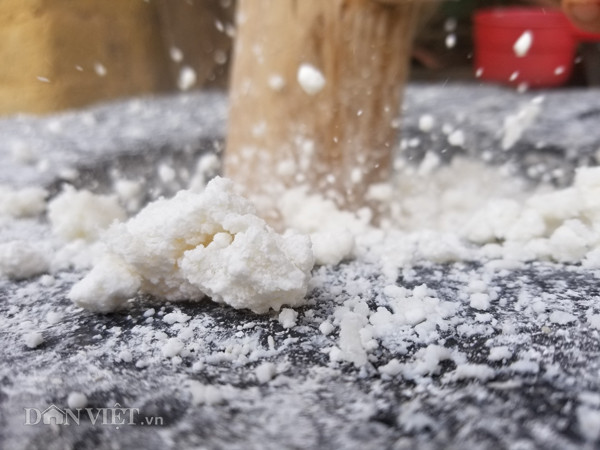 |
|
The white rice paste is mixed with ramie leaves and cane sugar, then stone-pounded until smooth |
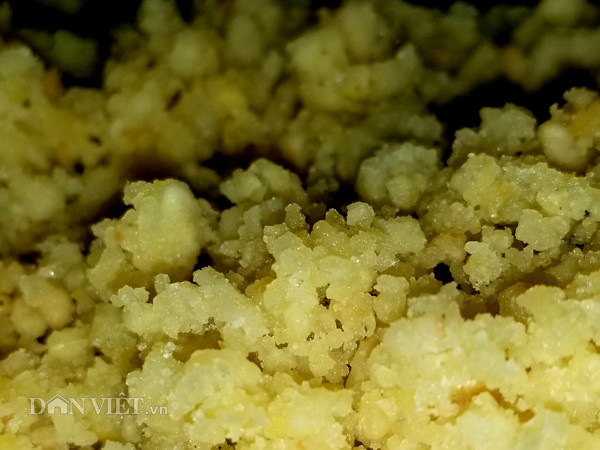 |
|
Fragrant mung bean paste is used for the filling |
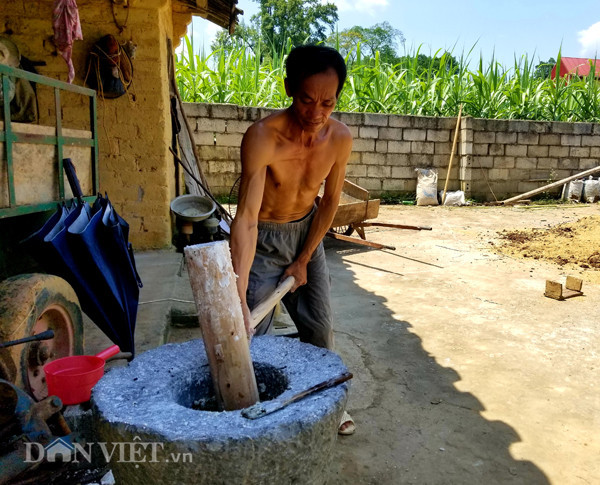 |
|
The handmade method yields softer, chewier cakes |
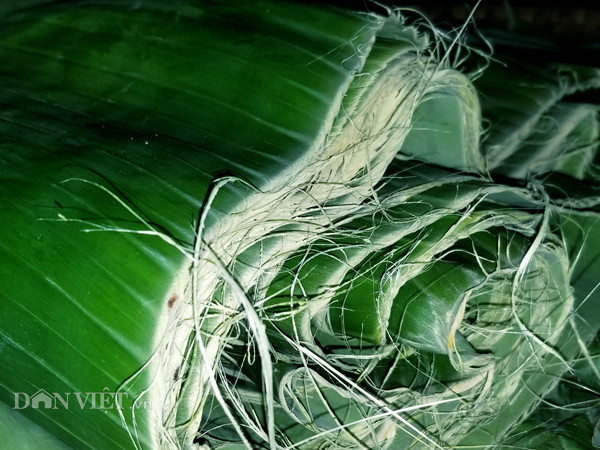 |
|
No matter how far from home, families return to honor their ancestors with these traditional cakes |
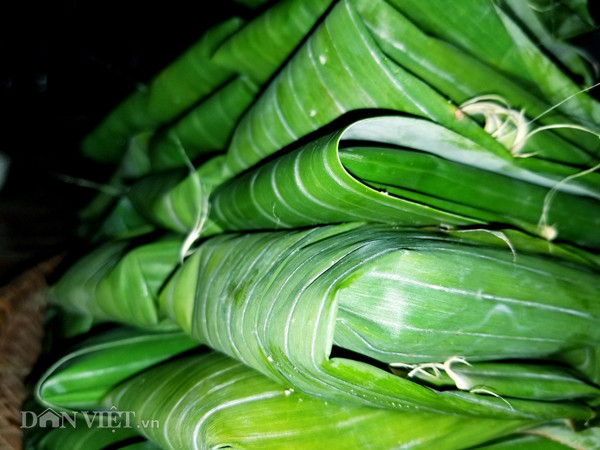 |
| Wrapped in banana leaves, the cakes absorb a subtle, natural fragrance |
Dan Viet